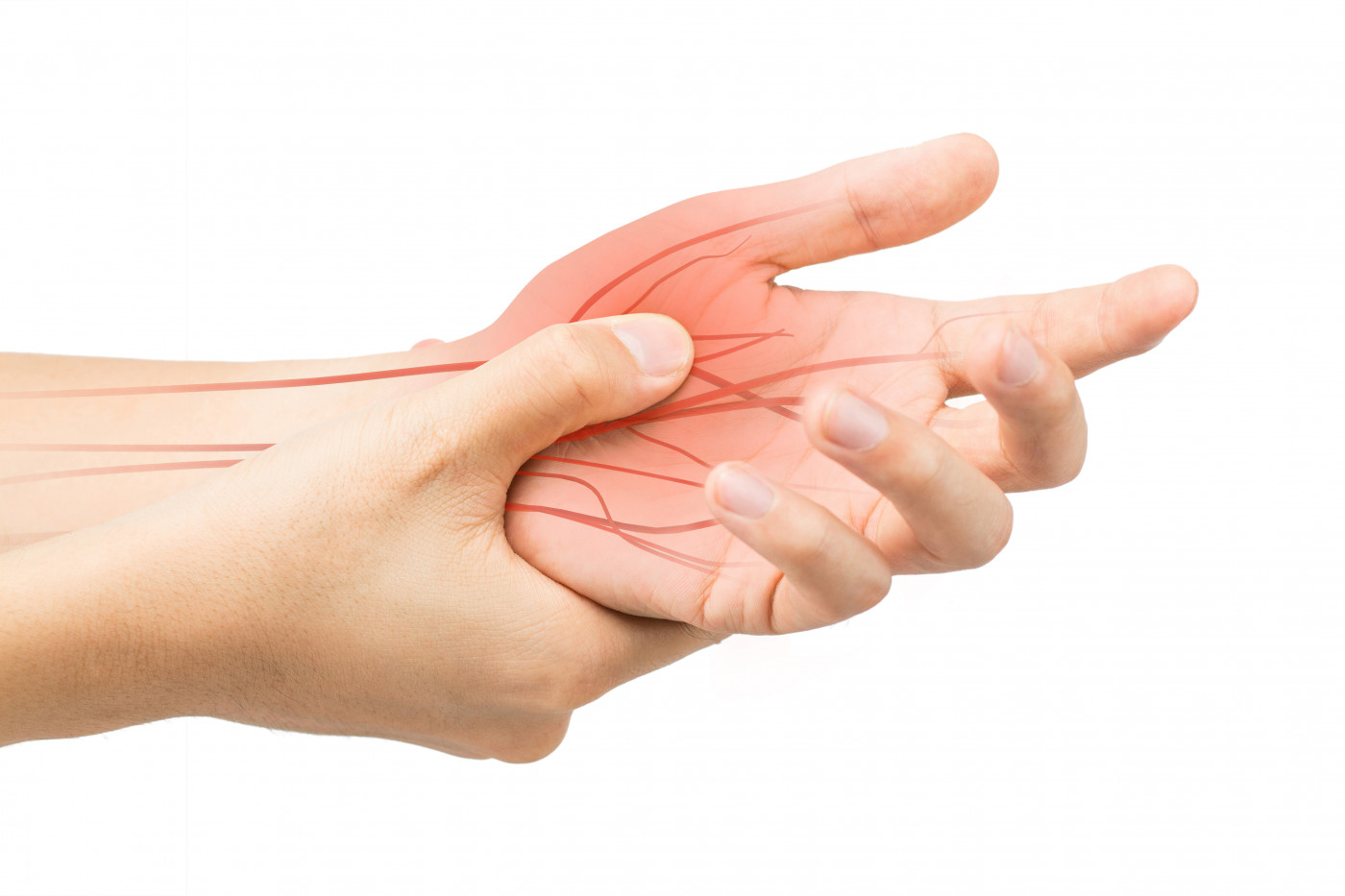Targeted Rehab Therapy May Benefit Cerebral Palsy Kids with Involuntary Hand Movements

Rehabilitation therapy focused on controlling and managing involuntary movements of the hands may be beneficial for some patients with a type of cerebral palsy where only one side of the body is affected, according to researchers.
Their study, “Learning to cope with mirror movements in unilateral spastic cerebral palsy: a brief report,” was published in the journal Developmental Neurorehabilitation.
From 18-36% of children with cerebral palsy have what is called unilateral spastic cerebral palsy (USCP), which is characterized by impaired motor movements in only one side of the body.
These children can experience “mirror movements,” where an intended movement of one hand triggers an involuntary similar movement of the other hand. This phenomenon has been related to impaired communication between brain hemispheres in USCP patients.
The partial paralysis triggered by USCP significantly affects daily activities for these children, but the addition of mirror movements can make tasks need the use of both hands even harder.
Researchers in Germany developed a specific bimanual therapeutic regimen for children with USCP and mirror movements.
The therapy was strictly based on the use of both hands, with special emphasis on controlling independent movements to manage body function and the activities of daily living.
The team trained children to suppress and control mirror movements to achieve the required hand movement that allowed them to complete the goal of the activity performed (producing as little contraction as possible in one hand while repetitively performing simple hand movements with the other hand).
“The ultimate goal was to increase the ability of the paretic hand (partially paralyzed hand) to assist the non-paretic hand during bimanual activities,” the researchers wrote.
Twelve children with USCP and with mirror movements were included in the study. They underwent a three-week period of intensive therapy sessions. These comprised two hours of individual and two hours of group therapy per day under the supervision of a trained occupational therapist or physiotherapist.
The children also had to perform an additional 15 minutes of exercises at home each day.
After completing 13 days of therapy, children did not show any changes in the frequency of hand mirror movements compared to the beginning of the study.
However, significant improvements in self-assessed performance of bimanual activities, as determined by the Goal Attainment Scaling and the Canadian Occupational Performance Measure, were reported.
Also, the use of the partially paralyzed hand significantly improved with rehabilitation therapy, as determined by the Assisting Hand Assessment test. These positive changes were sustained and even enhanced during six months of follow-up after the therapeutic intervention.
“The major finding of our study was that our approach of targeted bimanual therapy of children with USCP and mirror movement achieved a significant and long-lasting improvement of bimanual performance,” researchers wrote.


